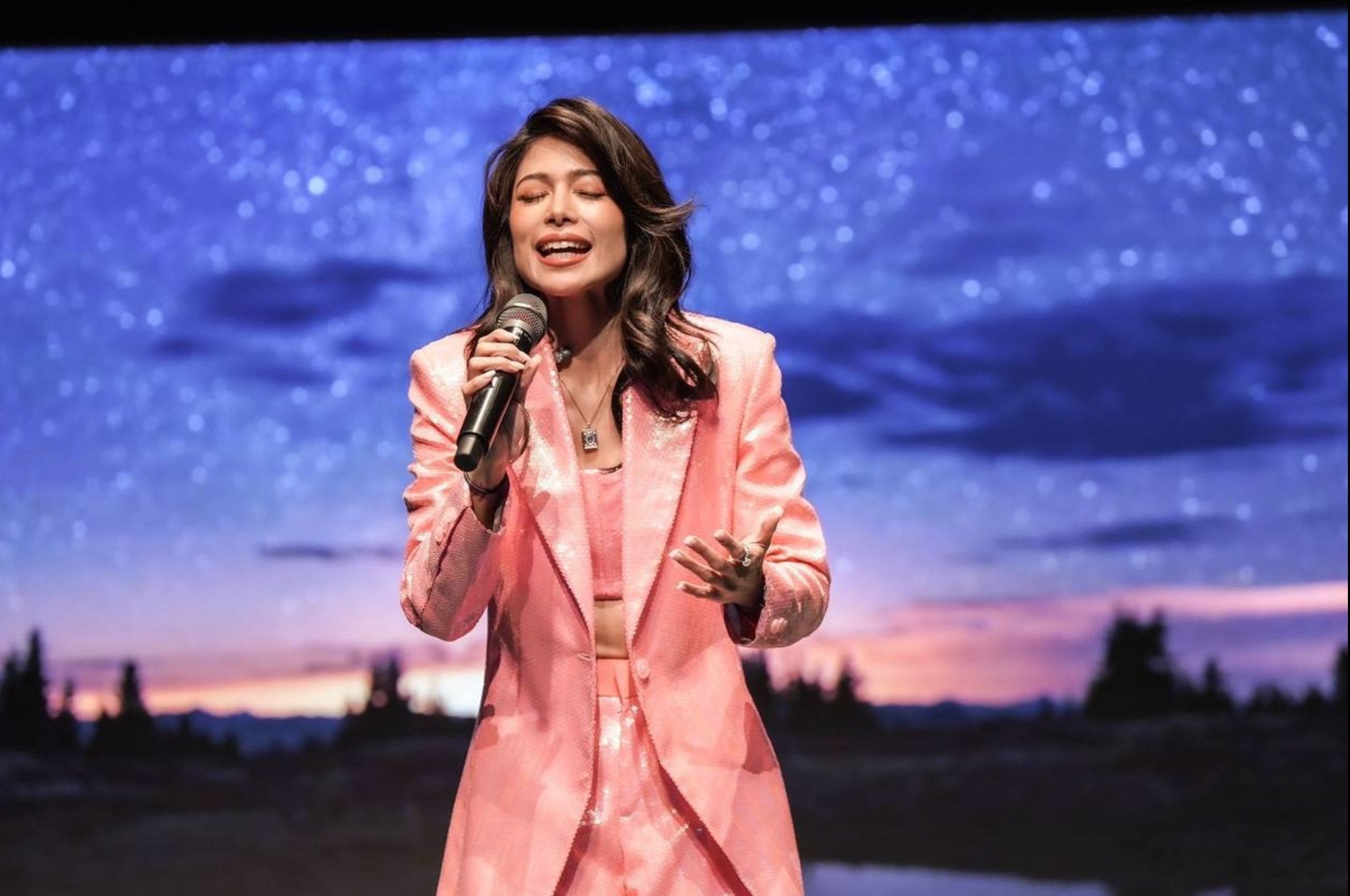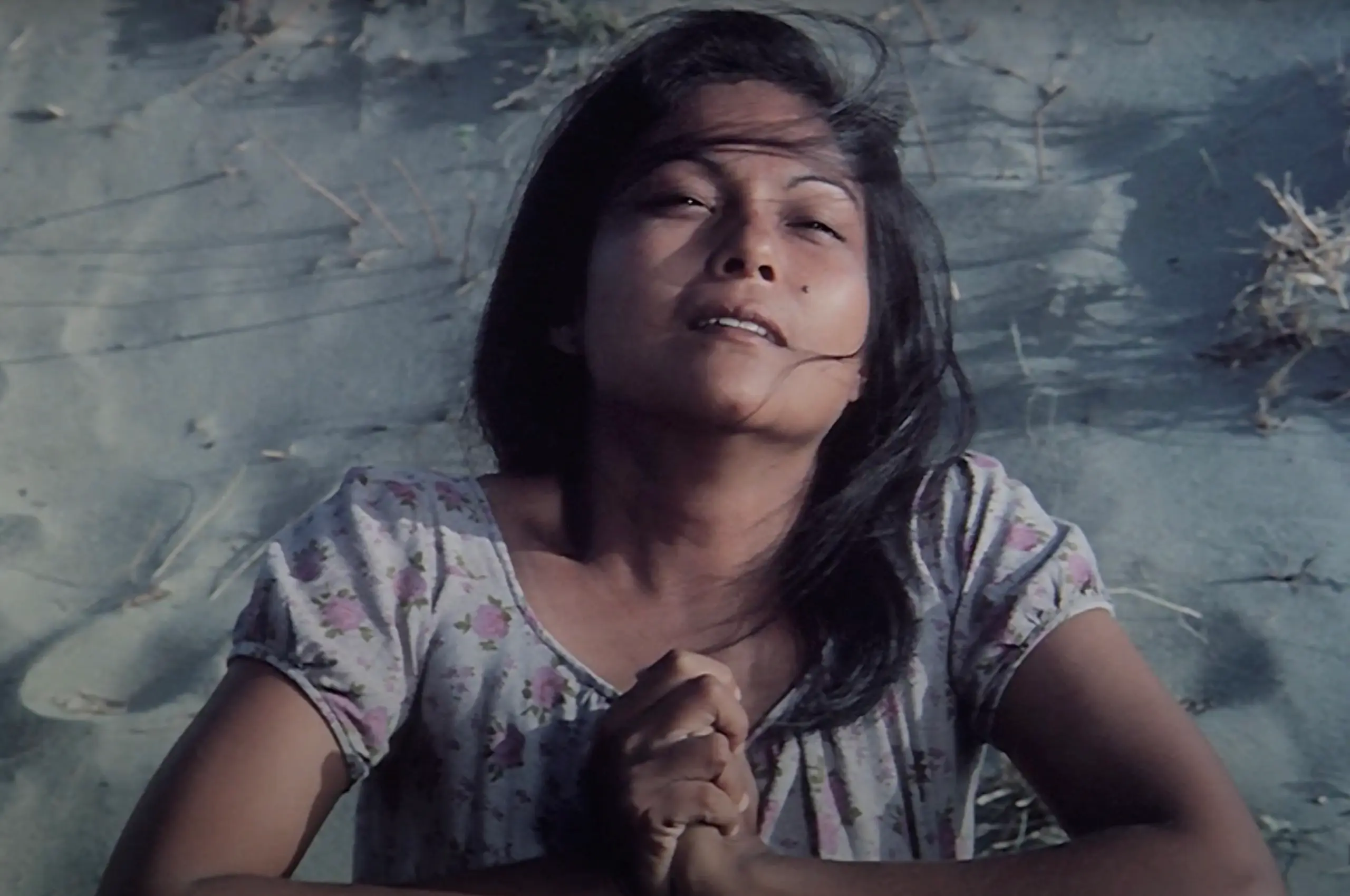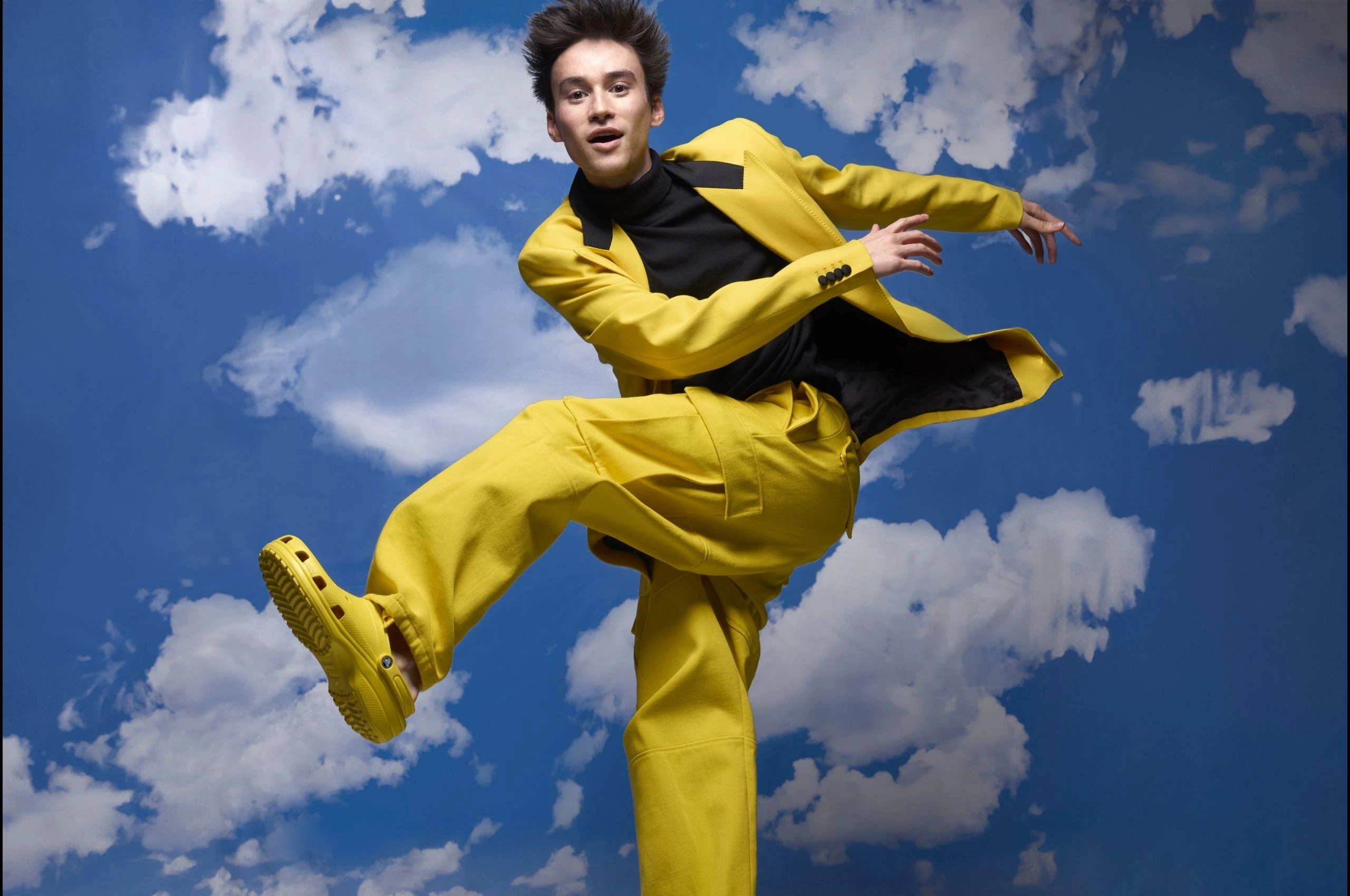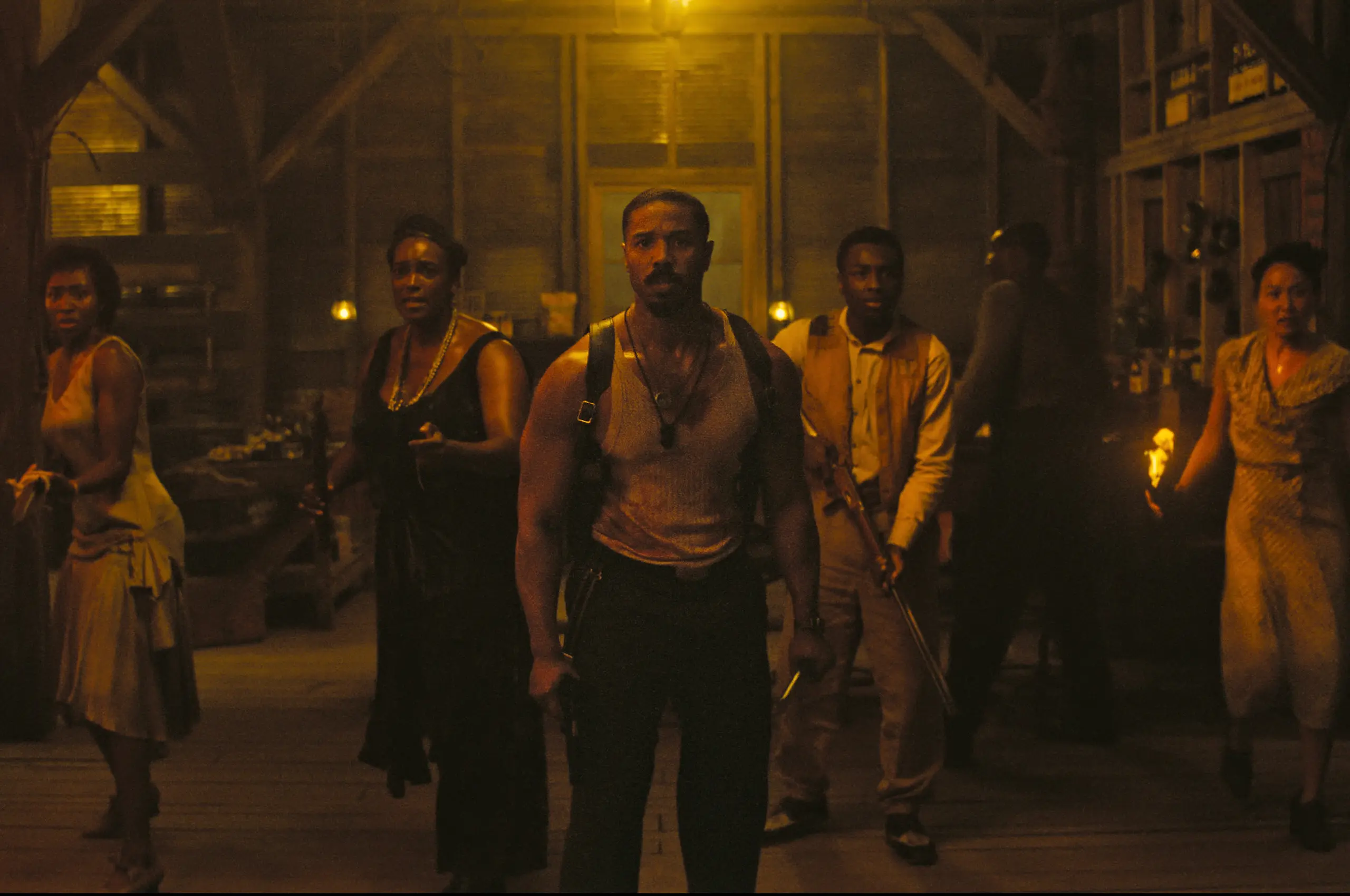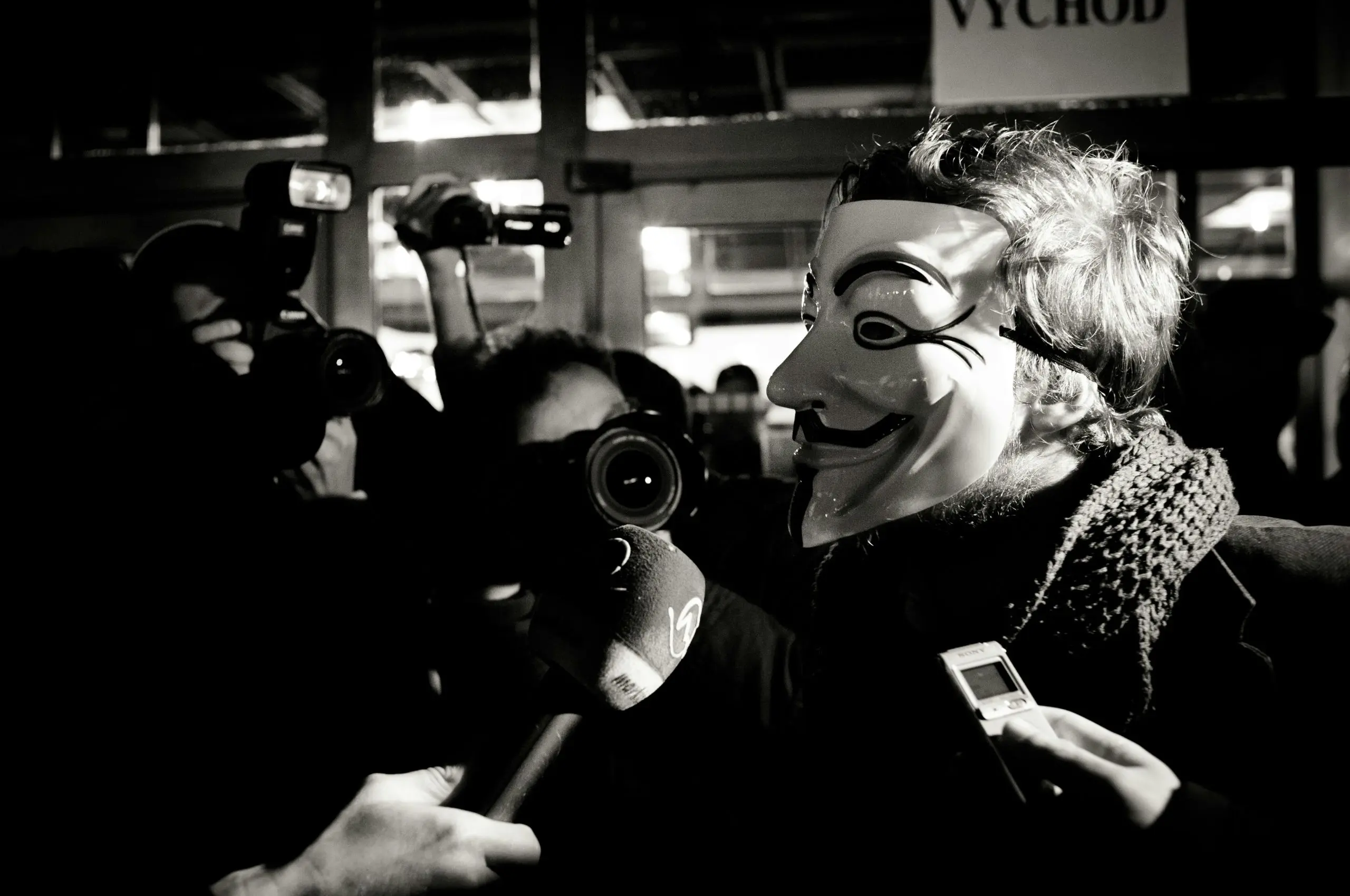For decades, cover bands have been both the backbone and the black sheep of the Philippine music scene. Yet, despite their ubiquity, cover acts have long been stigmatized as “unoriginal,” dismissed as artists who lack the creativity to produce their material. Notable bands like TrueFaith, Neo Colours and even Eraserheads began by covering their favorite songs during their early days. This criticism, however, overlooks a crucial truth: cover culture has been instrumental in nurturing generations of Filipino musicians, serving as a training ground for artists who would later define genres from OPM rock to hip-hop.
The digital age has transformed cover performances from live gigs into viral content. YouTube and Facebook have democratized the medium, turning cover singers into stars in their own right. Gigi De Lana, one of the most prominent figures in this new wave, rose to fame through her powerful renditions of classic and contemporary hits. Her 2017 performance of “Araw Gabi” on Tawag ng Tanghalan catapulted her into the spotlight, and her pandemic-era uploads, such as her mashup of “Til They Take My Heart Away” and “Tonight I Give in,” solidified her status as a digital sensation. With 2.33 million YouTube subscribers, De Lana has surpassed other cover artists like Michael Pangilinan and Agsunta, proving that there’s a massive audience for reinterpretations of existing work.
But the rise of cover culture has also reignited debates about artistic ownership and monetization. Earlier this year, De Lana appeared on the Tiyo Bri Podcast where she revealed that one of her videos had received a copyright strike by an undisclosed major-label artist.
“I was so devastated and sobra akong naiinis,” she says. “Eto [sic] pa ang masakit, yung mga naghahanap samin ng OFWs, yung mga nanonood ng videos namen na nakakapagsaya lang sa kanila is kami, why would you do such a thing ‘di ba? Parang hindi ka nag-iisip dahil naiinis ka [kase] kinover namen [yung kanta]. [Like] tumataas [na] yung views, wala kang nakukuha [and then] you strike it down.”
@tiyobri TIYO BRI PODCAST GIGI DE LANA #funnyvideos#podcast#interview ♬ original sound – Tiyo Bri Shop
While she chose not to name the song or the artist, her frustration was evident, especially since the takedown affected her revenue. The incident sparked backlash online, with critics arguing that original artists have every right to control how their work is used. One Facebook user challenged De Lana: “GUMAWA KA NG SARILI MONG KANTA. Pag-isipan mo, pagpaguran mo, PASIKATIN MO. Try mo para magets mo how it feels when biglang pagkakakitaan ng iba yung pinaghirapan mo.” The comment underscored a fundamental tension in the cover economy. While reinterpretations can introduce songs to new audiences, they also risk overshadowing the original creators’ labor.
This conflict raises difficult questions about where to draw the line between homage and exploitation. Should artists have the right to block covers they disagree with? Or does the act of covering a song inherently fall under fair use, as long as proper licensing is secured? Platforms like YouTube have systems in place to manage copyright claims, but the process remains murky, often leaving cover artists vulnerable to sudden demonetization.
At its core, the debate reflects a broader struggle in Philippine music, and honoring the past while fostering originality. Cover culture isn’t going anywhere, its appeal is too deeply rooted in the Filipino love for performance and reinterpretation. But as the industry evolves, so too must the conversation about credit, compensation, and respect for the creators who make the music worth covering in the first place.
